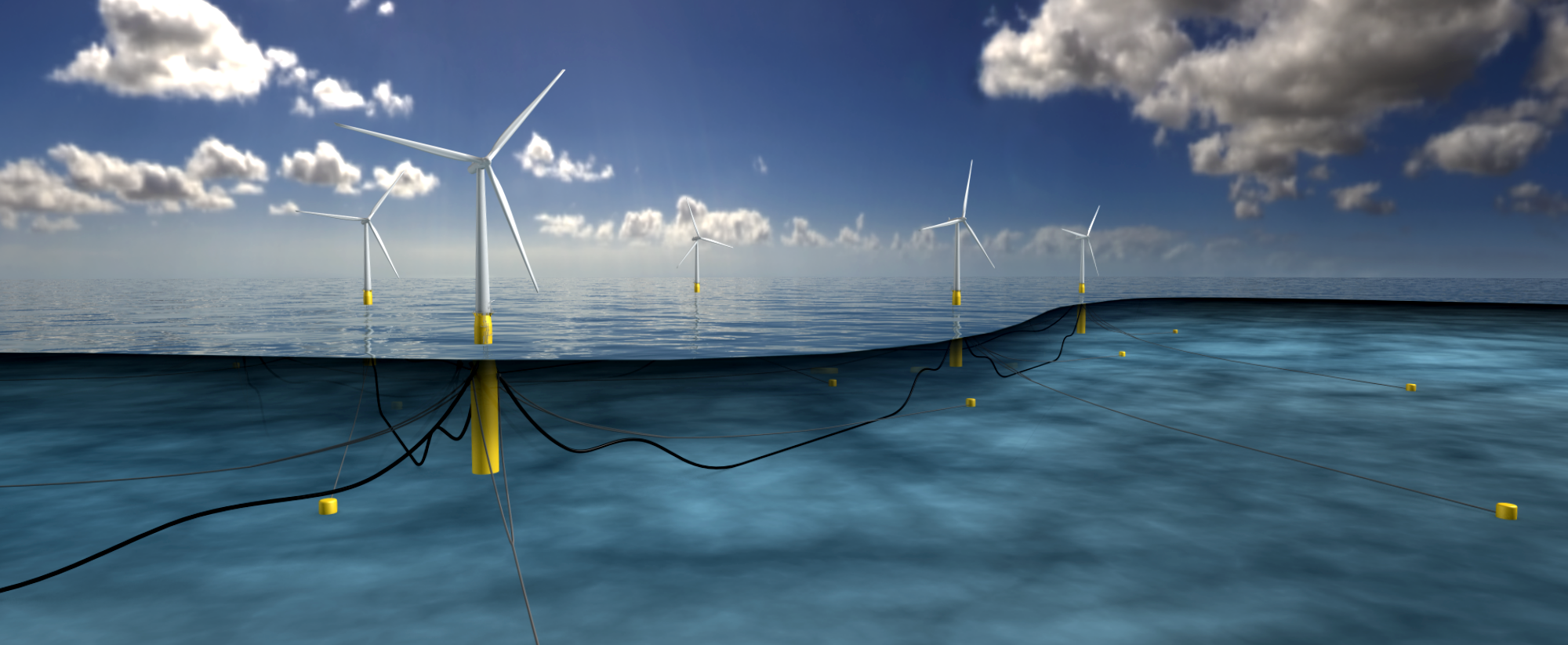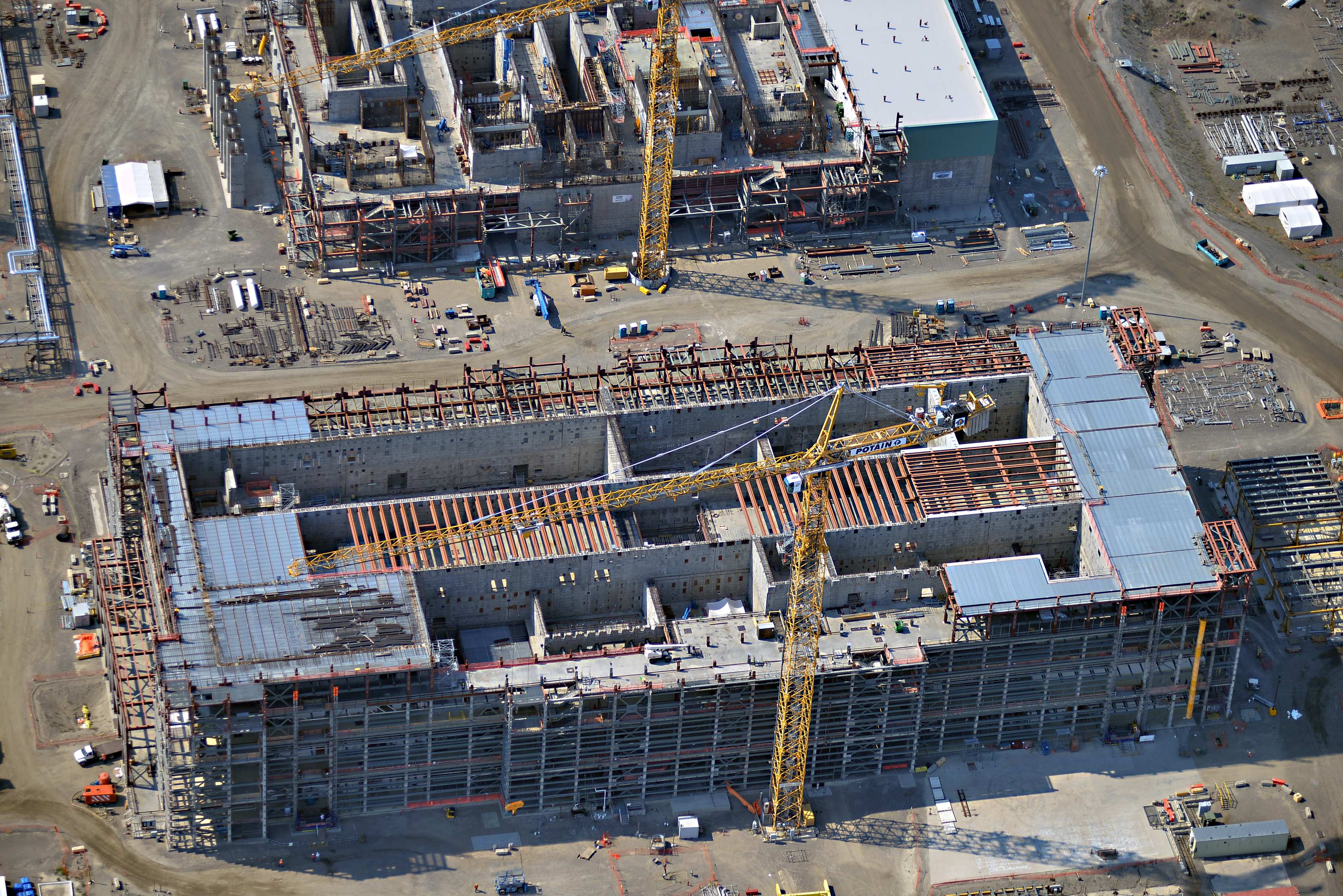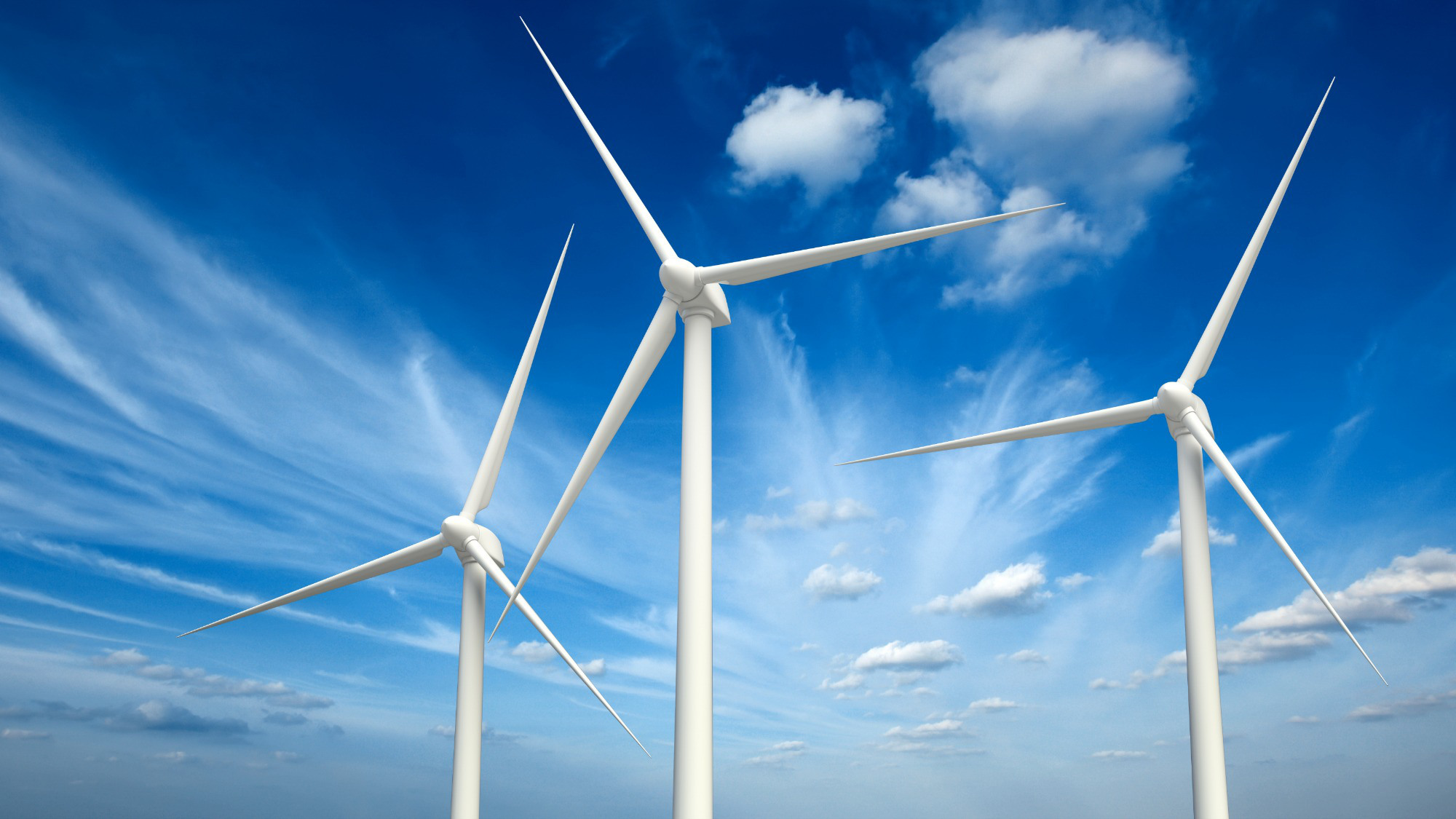Active flow control for boundary layers
Author: Henry Tol, PhD Candidate Aerospace Engineering, TU Delft
Article published in Leonardo Times Magazine, Edition of January 2017.
Turbulence and the transition to turbulence are recognized as unsolved problems in physics. Likewise, control theorists have hardly ever come across a problem this challenging. The goal of active flow control is to cross these interdisciplinary boundaries by considering the relevant flow physics when designing the control algorithms.
Motivation
The ability to control fluid flows to any desired state has great consequences for many applications. Imagine future aircraft where the traditional control surfaces (elevator, rudder, etc.) are replaced with flow control devices, which can accelerate the flow over the wings to generate lift and control m...







